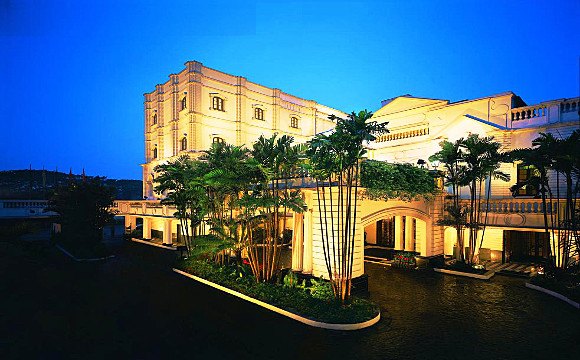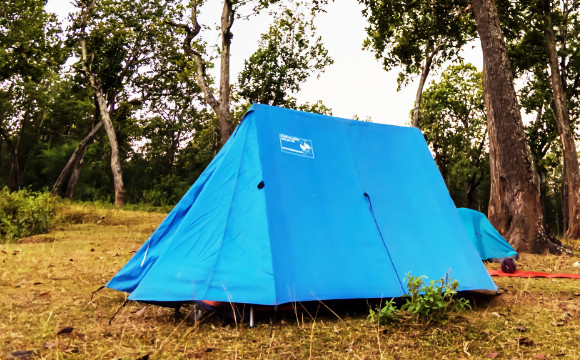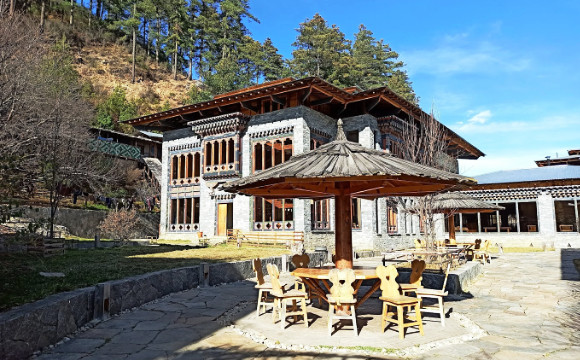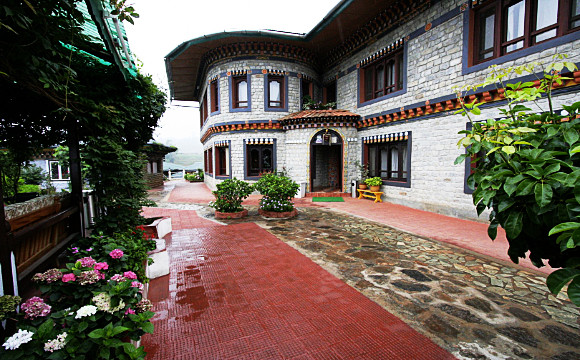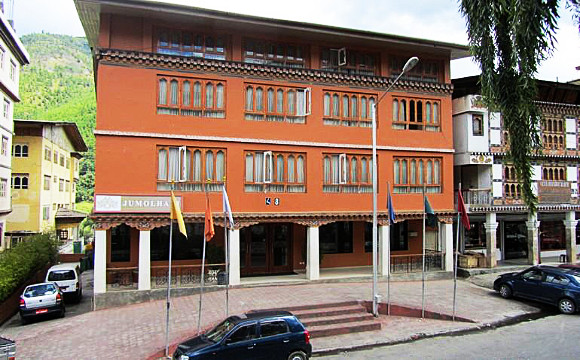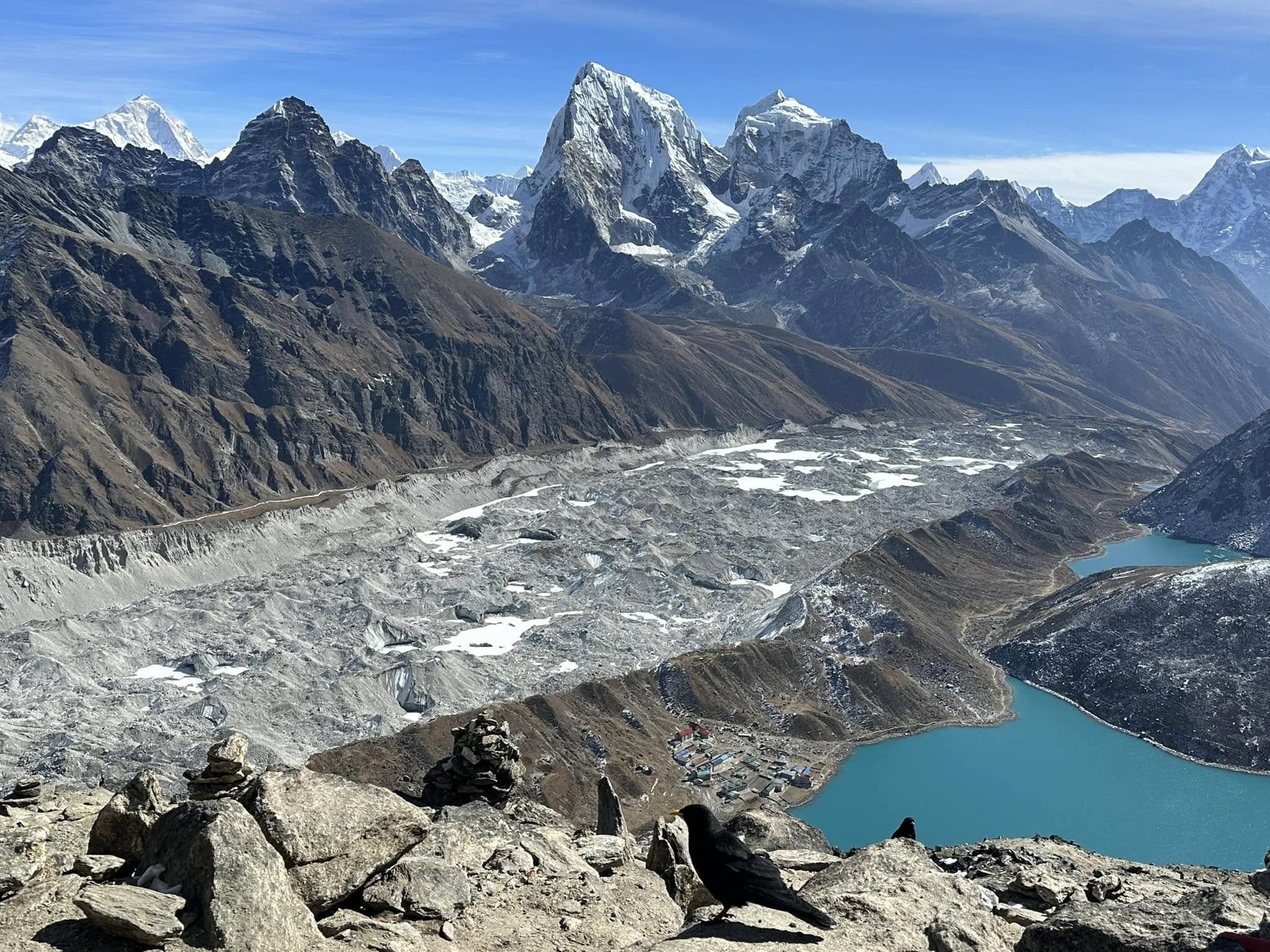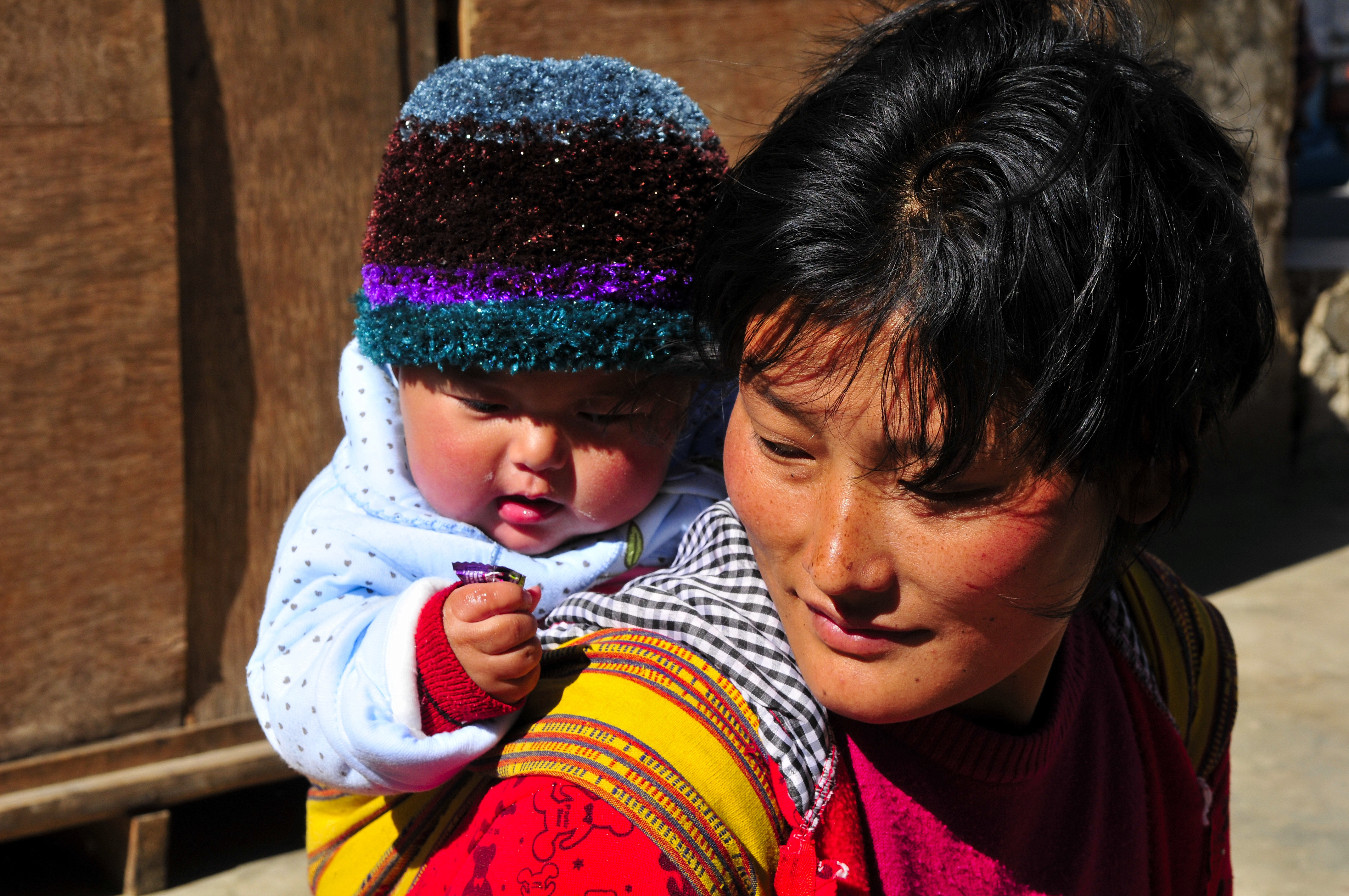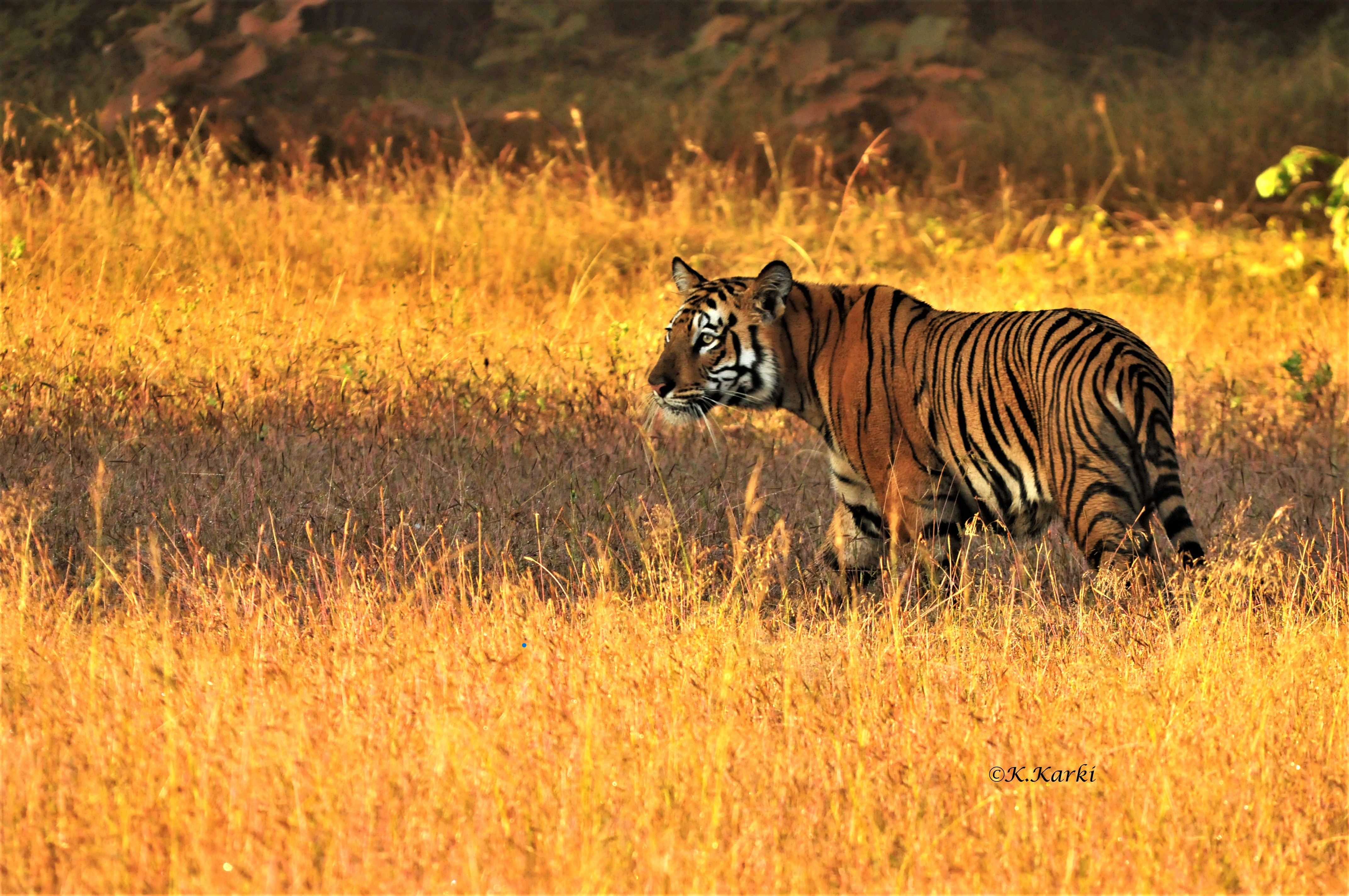Bhutan’s Exotic & Endemic Wildlife in Manas National Park
Highlight
- Try to spot an impressive array of endemic bird and other wildlife species in Manas National Park
- Birding in Jigme Dorji Wangchuck National Park
- Hike a mountainside to the magnificent Tiger’s Nest Monastery
- Enjoy the quiet streets of Bhutan’s sleepy cities, Paro and Thimphu
- Hike through river valleys, peaceful forests, and terraced farmland
- Spot Asia’s ‘Big Five’ – Asian Elephant, Asian Water Buffalo, One-horned Rhinoceros, Clouded Leopard & the Bengal Tiger
- Good chance to see globally threatened White-bellied Heron ibisbill; Rusty-cheeked Scimitar Babbler; Pallas’s Fish Eagle in Pho Chhu River
- Might catch a sight of stunning but secretive Satyr Tragopan , Blood Pheasant, and the majestic Himalayan Monal
- Get a glimpse of rare primate – Golden and Capped Langurs
Trip Facts
Start & End Point
Kolkata/Paro
Duration
16D/15N
Best Time
Spring/Autumn
Grade
Moderate
Activity
Wildlife & Birding Adventure
Accomodation
3* Comfort Hotel/Camping Tent
Meals
15 Breakfasts, 13 Lunches, 14 Dinners
Max. Elevation
3,780 m
Itinerary
Upon arrival, meet by HIM-NAT representative and transfer to your hotel. Please look out for your name-card once you exit out of arrival area.
Rest of the day free for individual activities. Overnight stay in Kolkata.

Accommodation
The Oberoi Grand
Meals

Maximum Altitude
In the morning we drive to Kolkata airport to take a flight to Guwahati. We leave Guwahati and drive northwest into Assam, India and onwards to Gelephu, a bustling border town (233 km, 5 hrs). We make several brief stops on the way. We’re sure to see several Lesser Adjutants and possibly Greater Adjutant en route.
Upon arrival at the entry point our Bhutan representative will pick and help us to go through the regular border formalities and transferred to our hotel. We’ll spend the afternoon exploring the forested hill slopes around Gelephu. Here we may find species such as Grey Peacock Pheasant, Wreathed Hornbill, Whistling Hawk-Cuckoo, Pin-tailed Green-Pigeon, Violet Cuckoo, and Sultan Tit etc. Overnight in Gelephu.

Accommodation
Twin Dragon Resort
Meals
Breakfast, Dinner
Maximum Altitude
221mWe’ll start early today winding our way north to Tingtibi in south-central Bhutan.
Our journey takes us through a series of villages before continuing over several forest-covered passes and down equally spectacular river valleys. It's very exciting as we're explore the rich foothills above Gelephu early morning. During our last exploratory visit in 2016 we discovered Silverbreasted Broadbilss proclaiming a territory within site of the township and we can only imagine what else might occur there. Some of the specialties we might encounter include Lesser and greater Rufous-headed Parrotbills, White-hoodedbabbler and Pale-headed Woodpecker and all bamboo specialists. If we are very lucky red-headed Trogon, perhaps Grey Headed Parrobill, Great and Rufous-necked Hornbills and possibly Dark-rumped Swift. Overnight in Tingtibi.

Accommodation
Camping
Meals
Breakfast, Lunch, Dinner
Maximum Altitude
600Tingtibi is the junction of Royal Manas Park and Jigme Singye Wangchuck National Park. Situated at the northern most tip of the Royal Manas Park. It receives the heaviest rainfall in the country, resulting in the area being a thriving sub-tropical ecosystem which provides a haven for wildlife. This area of Central Bhutan had only recently been opened to foreigners and remains unknown to many.
Our campsite is in the heart of prime mid-altitude forest and provides us with opportunities to explore the wildlife of this rich biotope. We’ll spend the day birding and looking for some rare mammal species in the forests between Tingtibi and Manas NP. Our breakfast and lunch will be served in the field.
We expect to arrive at Damphu, a small township close Manas NP entry point. We continue to Eco Communities Campsite our base for the following nights. Eco Communities Campsite is an enterprise which enables local villagers to participate in the Park’s conservation activities and management schemes; which also aims to raise the standards of living through community tourism programmes.
This is the beginning of Royal Manas National Park and the Bhutanese section of the Natural World Heritage Site of the Greater Manas Tiger Reserve. It is divided by the Manas River from Assam, India and is renowned as an area of great bio-diversity.
Within its boundaries it is possible to see up to 59 of the recorded species of mammals; 13 of which are totally protected. It is the only park where it is possible to see all of Asia’s ‘Big Five’: Asian Elephant, Asian Water Buffalo, One-horned Rhinoceros, Clouded Leopard and the Bengal Tiger as well as other rare species such as Golden Cat, Gaur, Sloth Bear, Binturong (Asian Bearcat), Himalayan Black Bear, the Assamese Macaque and three rare primates: the Golden and Capped Langurs. Manas provides the perfect habitat for orchids, as well as in excess of 900 species of vascular plants. It provides the perfect habitat for over 400 different bird species – 427 recorded in 2006 and 5 more in recent years, totalling 432. These include the rare Bengal Florican, Great Hornbill, Crested Serpent Eagle and the most recently recorded Malay Night Heron and Black Baza. Birding in these subtropical forests with their thick undergrowth of bamboo we should also find: Blue-throated and Golden-throated Barbers, Rufous-necked Hornbills, Himalayan, Ashy, White-throated and Black-crested Bulbuls, Emerald Dove, Grey-capped Pygmy, Pale-headed (rare) and Fulvous-breasted Woodpeckers, Red Jungle fowl, Spotted and Eye-browed (rare) Wren babblers, Red-faced Liocichla, Yellow-vented and Rufous-faced Warblers.
With the coordination of park ranges, each night we will try set a camera trap (not guaranteed) hoping to catch one of the park’s rare and endangered species. With 8 different species of cats and the largest recorded tiger density in the world, we will certainly do our best to capture an image of one!

Accommodation
Camping
Meals
Breakfast, Lunch, Dinner
Maximum Altitude
60These two days we'll explore the Manas national park - unique World Natural Heritage Site and one of the oldest protected areas in Bhutan. Manas National Park has an area of 1,059 sq. km and is now linked to the Jigme Singye Wangchuck National Park to the north, India’s Manas Tiger Reserve in the south as well as Phibsoo Wildlife Sanctuary and Thrumshing La National Park through biological corridors; providing a continuous gradation of protected, natural habitats from the tropical lowlands up to the High Himalayas.
Over 90% of the park area is under forest cover including vast areas of tropical and sub-tropical monsoon forests, interspersed with expanses of natural grasslands and wide riverbeds; promoting the wide variety of wild-life found within its borders.
On these two days we will bird the route from our camp to the park office at Manas (13 km), where we will look fo Golden Langur, Asian Elephant. Tiger, Leopard, Leopard Cat and more. Some of the birding highlights are Oriental Dwarf and Ruddy kingfishers, Puff-throated, and Stripe Tit Babblers, Red-breasted Parakeet, Indian Roller, Asian Fairy Bluebird, Dollarbird, White-rumped Shama, Citrine Wagtail, Chestnut-headed Bee-eater, Hill Myna, Wreathed, Oriental Pied, Rufous- necked (rare) and Great hornbills, Hooded Pitta (rare), Silver-breasted Broadbill (rare) amongst the many that frequent this ancient landscape and with a great deal of luck Great Slaty Woodypecker and Green Cochoa.
Overnight Eco Communities Camping in Manas.

Accommodation
Camping
Meals
Breakfast, Lunch, Dinner
Maximum Altitude
60
Accommodation
Camping
Meals
Breakfast, Lunch, Dinner
Maximum Altitude
145 mThe last five days we have been exploring the lush tropical lowland and hardwood forests in the south. Now we head further up central part of the country. We will stay in comfortable mobile-safari-style camps erected by our local outfitters along the road for the next couple nights, spending much time on the upper levels of the road. This remote area holds some of the most sought-after Himalayan species. The Eastern Himalayas are the most diverse part of that mighty mountain range, and their steep profile means that from the plains to the highest peaks the distance can be as little as 80 kilometers in places with altitudinal zone between 3700m and the valley bottom at 600 m.
The list of birds here is large and diverse, and our tally will include many species characteristic of the Eastern Himalayas. We shall, however, be concentrating on a number of prime specialties of this superb area in the time we have. These forests are bired so little that almost anything could turn up, maybe this year we’ll find the enigmatic and very rarely seen Gould’s Shortwing. We also look for rare and little-known Yellow-rumped Honeyguide, Rufous-necked Hornbill (rare or extirpated throughout much of its range; the forests of Bhutan are almost certainly the stronghold for this impressive species), Speckled Wood-Pigeon (generally rare throughout its entire range) Blue beared Bee-eater, and War’s Trogon. The male is absolutely gorgeous. Stunning but secretive Satyr Tragopan, Blood Pheasant, and the majestic Himalayan Monal are not uncommon here. The entire length of this spectacularly forested valley is also a good area for the endangered Golden Langur monkey.

Accommodation
Camping
Meals
Breakfast, Lunch, Dinner
Maximum Altitude
1,855 mThe drive to the Jakar Valley is considered by many to be one of the most spectacular in the world. As always our journey is likely to be conducted against a backdrop of jagged snow-capped mountains, magnificent forest, prayer flags fluttering in the breeze, and villages little changed in over 500 years. Each day in this medieval land evokes perennially special memories.
Climbing slowly through extra-ordinarily primeval larch, silver fir, spruce and towering hemlocks, we eventually reach Thrumsing La (3,780 m), the second-highest mountain pass in Bhutan, connecting its central and eastern regions across. We will spend the early morning exploring the upper reaches of this truly magnificent road, one of the great birding roads of the world. This largely paved and infrequently traveled road leads us through some of the most beautiful forests in the Himalayas. From these magnificent wonderfully rich, subtropical and warm, moist broad-leaved forests replete with many tall trees sporting impressive girths on huge buttresses, characterized by abundant orchids, a relatively sparse under storey and higher strata strung with enormous woody vines and lianas we will gradually bird our way up into some truly superb cool broad-leaved and evergreen forests.
Be especially alert to coveys of Blood Pheasants scuttling by or Himalayan orange-flanked Bush-Robins making their way up to tree line. If we are especially fortunate we may find a large mixed flock containing the elusive Fire-Tailed Myzorins; glorious Fire-tailed Sunbirds out their territory or an exquisite Rufous-bellied Bush-Robin singing its ethereal refrain from atop an ancient Hemlock.
From Thrumsing La, we will descend through wonderland of moss-draped tress. At higher elevations many of these huge sentinels will still be blanketed in snow, a totally entrancing scene. In addition to forest birds, we should check the fields far flocks of Snow Pigeons and a nearby a read of azalea scrub for Blood Pheasant.
Along the way, if we have tine we will explore the Ura Valley, the loveliest of the Bumthang Valleys. Ensconced in the depths of the charming valley is startlingly exotic temple dedicated to Guru Rinpoche. This ornate monastery located in a delightful village, provides us a magical window from which to experience the daily lives of these hardy people. Nearby, Red-billed Choughs abuse visitors from shingle roofs, while flocks of Russet Sparrows and Plain Mountain Finches search for seeds among recently plowed fields. With its spring light and pastel shades this valley and its village are indeed an artist’s dream. Overnight in Jakar.

Accommodation
The Mountain Resort
Meals
Breakfast, Lunch, Dinner
Maximum Altitude
3,780 mWe will head to Punakha today, we will pass through some truly magnificent rhododendreon/mognolia forests. At Chendebji and the site of a classic Nepalese Chorten, we we’ll search along a picture-perfect stream for a resident pair of Crested Kingfishers. In additional, Brown Dippers and White-capped Water Redstarts are usually seen feeding midstream, while Yellow-billed Blue magpies search or insects among the many flowering rhododendrons. From Chedebji we’ll continue on to Pele la pass where we will enjoy a relaxed lunch while watching the winter flock of Himalayan Griffons. From Pele La we descend to the valley floor and continue to sub-tropical Punakha. At an altitude of 1,350 m the difference in temperature and flora is apparent. Overnight in Punakha.

Accommodation
Meri Puensum Resort
Meals
Breakfast, Lunch, Dinner
Maximum Altitude
1,242 mToday we will spend the morning birding in this beautiful pristine forest area of Jigme Dorji Wangchuck National Park, at an elevation of 1,400 m. This area is much warmer than we have previously experienced, which means a very early rise in order to catch bird activities in the beauty of the warm broad-leaved forest. Here we may encounter: River Lapwing, Red-headed Trogon, Gray-headed Woodpecker, Greater Yellownape, Striated Bulbul, the glowing Little Niltava, the three Tesias, Ferruginous Flycatcher and Spotted Wren Babbler (a constant singer with a beautiful voice!), and the dazzling Scarlet Finch, Nepal Fulvetta, Slaty-backed and Spotted Forktail.
As the heat of the day increases we will drop down to Punakha to visit the Dzong the fortress. Punakha was the old capital of Bhutan and the dzong was the second one to be built in Bhutan. This remarkable fortress position at the confluence of the Mo and Pho Chhu is quite spectacular and it has survived many fires, an earthquake and a glacial flood. Over the years it has been repaired and added to and has several interesting features to protect it against invasion. In April the front of this majestic building is highlighted by the blossoming of the Jacaranda trees; their purple flowers softening the giant walls, encouraging your eye to the intricate hand-carved and painted windows.
If time permits we will drive along the Pho Chhu River, where it is hoped that as well as seeing a number of interesting waterfowl, we will also see: Ibisbill; Rusty-cheeked Scimitar Babbler; Palla’s Fish Eagle and the globally threatened White-bellied Heron. Overnight in Punakha.

Accommodation
Meri Puensum Resort
Meals
Breakfast, Lunch, Dinner
Maximum Altitude
1,274 mDate & Cost
Price: US$ 5,695 per person (Twin Sharing Basis | Based on Minimum 3 Travelers)
Single Supplement: US$ 650
Bhutan Visa Fee: US$ 40
Include
- Airport (pick up/drop off) transfers by private A/C vehicle
- Twin-Sharing accommodation in all Hotel/Resort/Lodge as mentioned
- All meals (breakfast, lunch, dinner), afternoon tea and bottled-water throughout the tour in Bhutan
- During the camping, it includes accommodation in tents, sleeping mats, cook, waiters and porters ponies
- All sightseeing as per the itinerary
- English speaking licensed guide throughout the tour
- All sightseeing and long distance transportation in private air-condition vehicle (cars/SUVs or mini/micro-bus etc. depending on group size). This includes all road permit, toll taxes, parking, allowance for driver, outstation overnight charges for the driver
- Monument/museum entrance fees
- Bhutan visa
- Royalty and all internal taxes
Exclude
- International flight tickets
- Travel insurance & vaccinations
- Meals not mentioned in the itinerary
- Personal equipment and clothing
- Tips for trip leader/guide, driver, hotel staff and porters
- Items of personal nature such as alcoholic beverages, soft drinks, laundry, showers and other unforeseen expenses
- Anything not mentioned in the above ‘Included’
